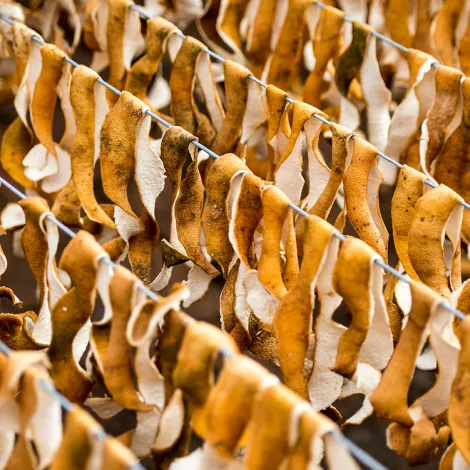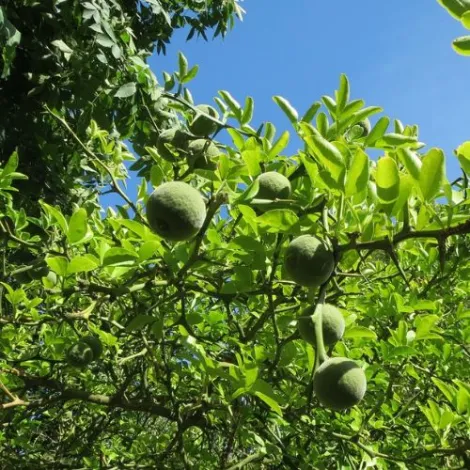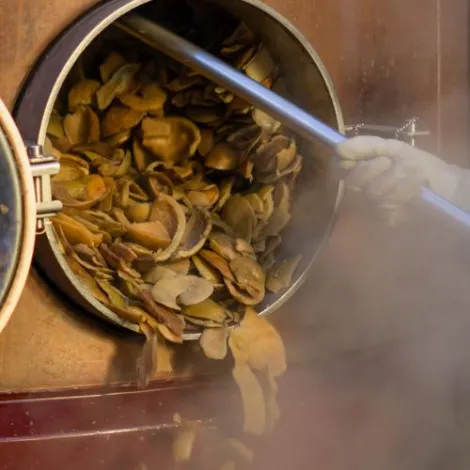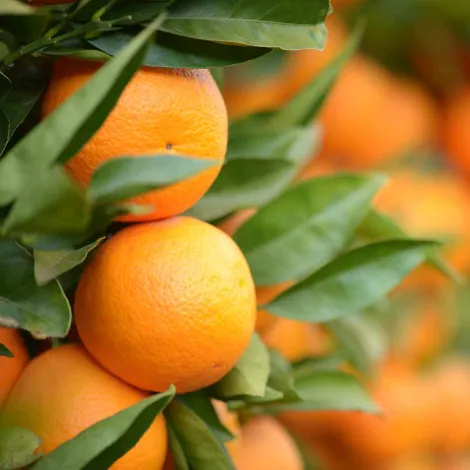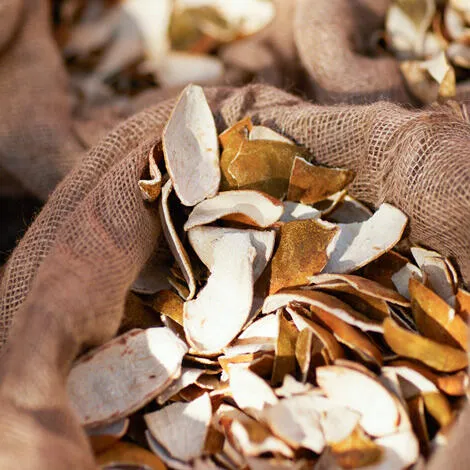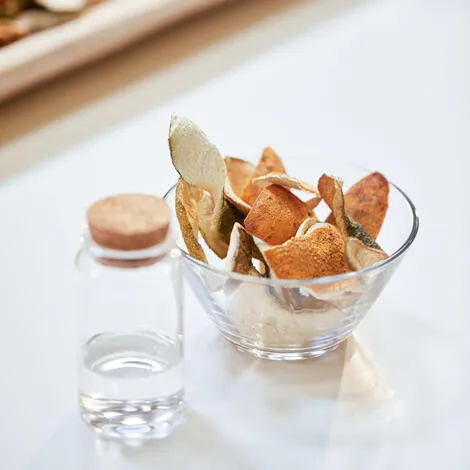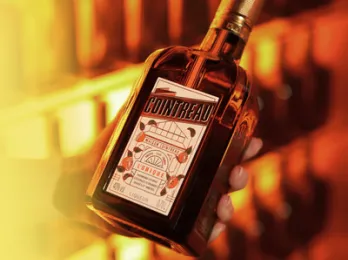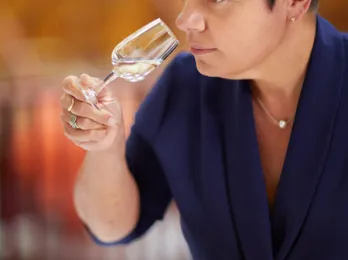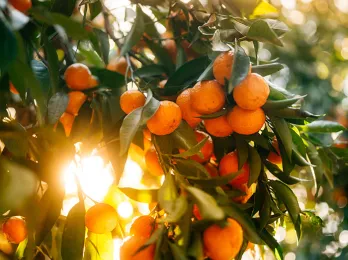The quality of Cointreau liqueur lies, above all, in the quality of its ingredients. Found in nearly all meridians, the orange has developed different flavors, aromas, and characteristics reflecting the particularities of its terroir. From Brazil to Spain, Ghana to Senegal—Cointreau sources its sweet and bitter orange peels from respected producers before blending them to perfection.
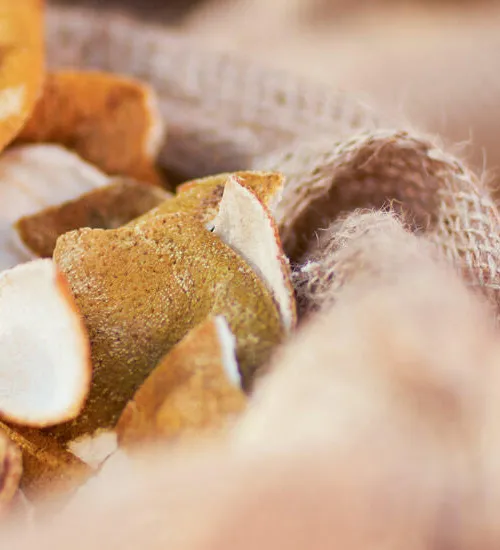
Terroir
THE ORANGE ROUTE
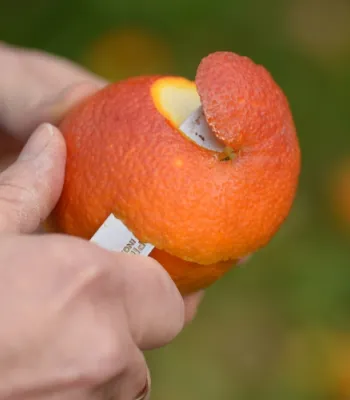
ORANGE HISTORY
In creating his renowned liqueur, Édouard Cointreau developed an absolute expertise in orange, revealed in all its subtlety. “In the four corners of the world,” according to the expression dear to Édouard Cointreau, the taste and aromatic qualities of the orange peel continue to shine thanks to the authenticity, balance, and richness of Cointreau liqueur.
